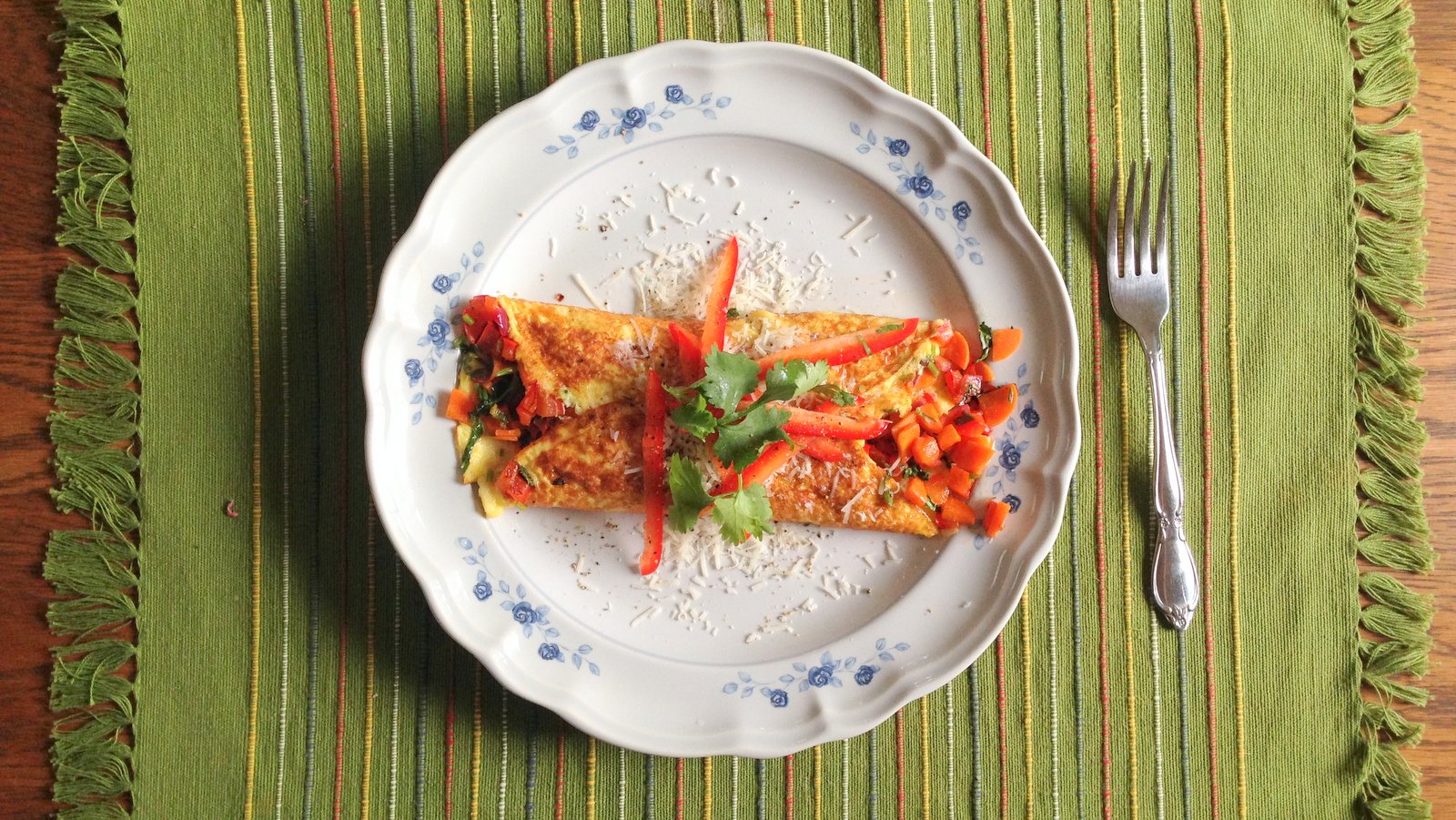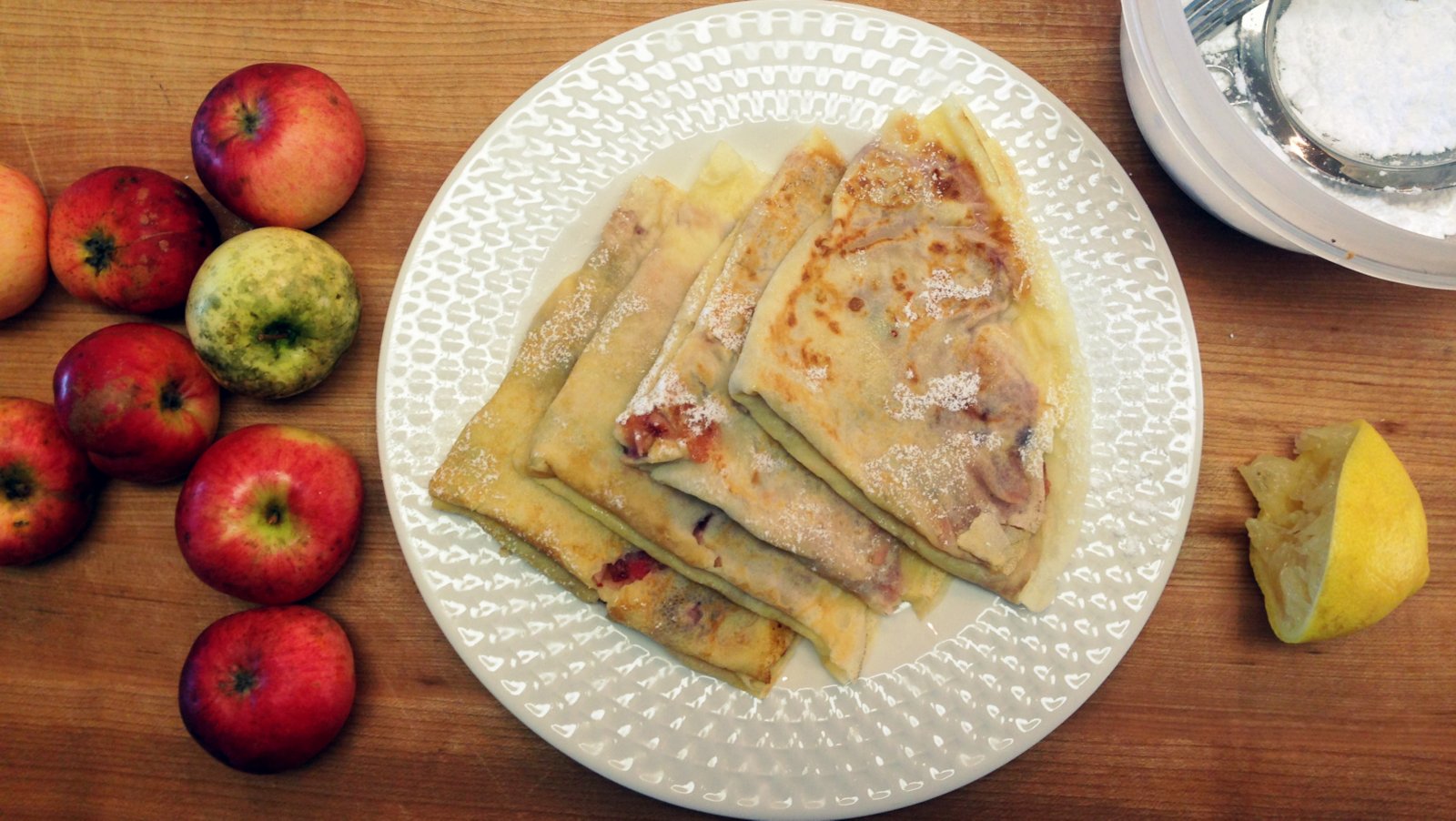Every recipe is optimized for something.* What is yours optimized for? Is it easily adjustable for size and seasonality? For dietary constraints and equipment on hand? How many dishes does it dirty, how long will it take to prepare, and how much fun is it to execute? Many recipes consider one or two of these factors†, but none can address them all.
In Kitchen Minimal, we consider customization from the start, and trim away all superfluous specificity. Here, you will not find an ingredients list to take to your local mega-grocer. We will not micromanage you through an interminable list of precise steps. We hope you like the photos, but you will not be distracted by meticulously composed food pornography demonstrating every flick of the whisk.
Instead you’ll find minimalist master recipes: improvisational cooking frameworks whose brevity belie rigorous optimization towards three objectives:
Versatility

Kitchen Minimal recipes are carefully generalized to a delicate inflection point: where they capture the essence of what defines a dish, while remaining maximally adaptable. Substitute and scale to your heart’s content; if you follow our lead, your pancakes will remain pancakes. (Even if they’re radically inventive ones. We hope dearly that they are.)
Simplicity

Start comparing recipes, and an amazing fact emerges. Each demands exacting measurements, but none agree: high precision where accuracy is irrelevant. Where measurements are flexible—and they nearly always are—we move towards whole-number ratios that are easy to remember and execute. That and some mnemonics, and you might not need the recipe at all‡.
Reliability

We base our frameworks on the most reputable and well-reviewed recipes, representing a range of authors and interpretations. Sure, your NYTimes recipe may be good, but the average of that and half a dozen other solid sources will be better. This is no substitute for your own experience and intuition, but it ensures the most informed possible starting point for you to apply your art.